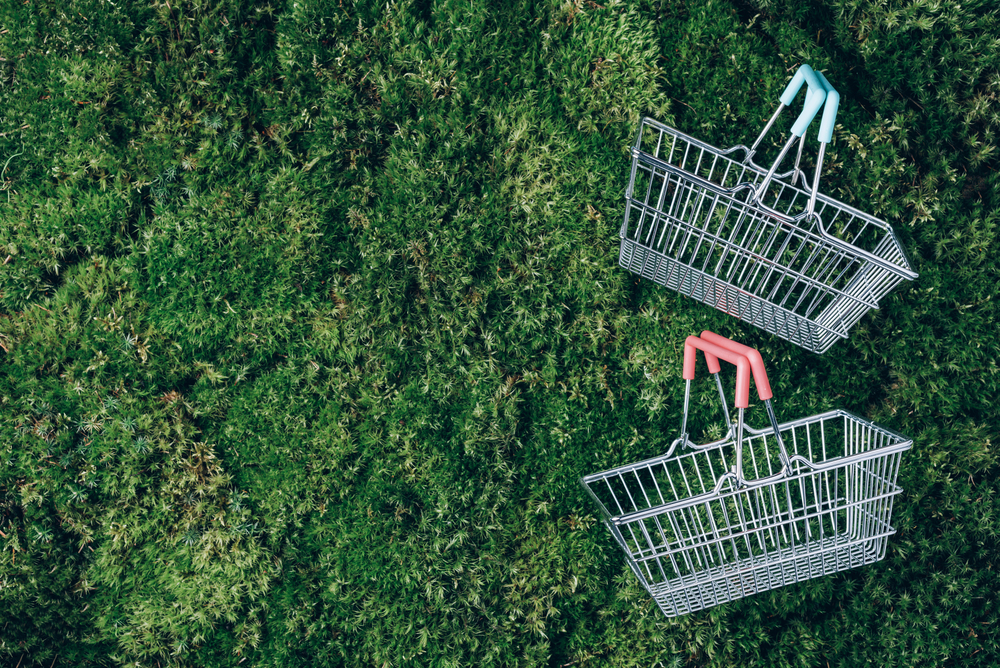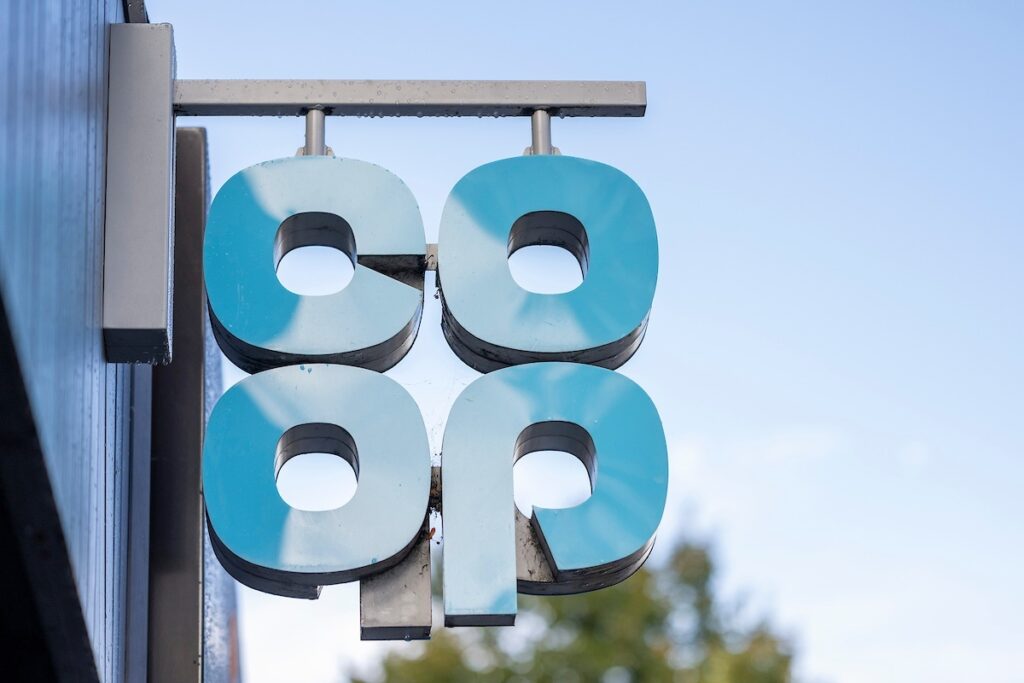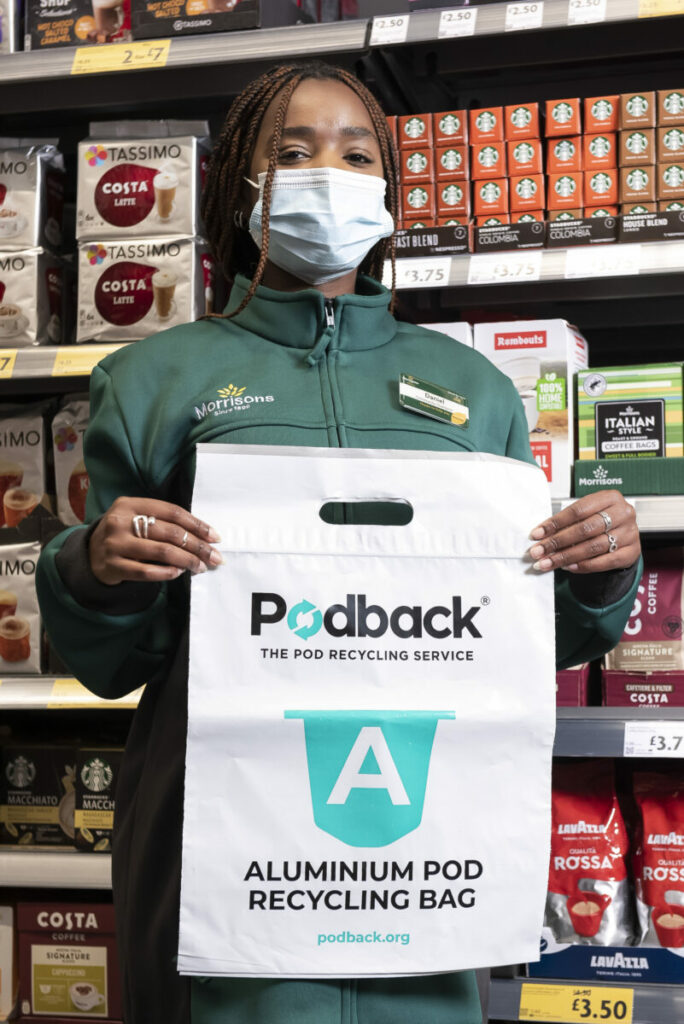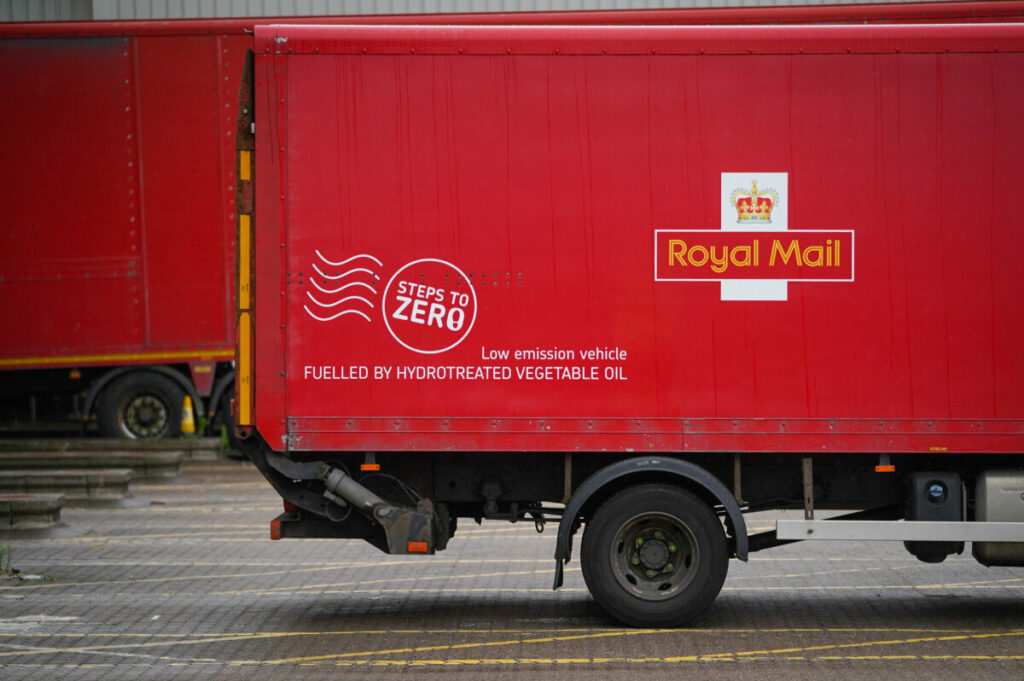Across all industries, increasing numbers of companies have been setting net zero targets, showing their intention to reduce their carbon footprint.
But good intentions alone are not enough. It’s vital that companies set clear, measurable targets which ensure they are in line to meet the Paris Agreement goal of limiting global warming to 1.5 degrees and so brands and retailers have been using the Science Based Targets initiative (SBTi) to ensure their emissions reduction targets have been set according to science.
THG chief sustainability officer Mark Jones told Sustainability Beat that external and official validation of net zero targets is important in allowing stakeholders and customers to hold companies to account.
And accountability is also key to the SBTi. Earlier this year, the organisation implemented a policy to openly flag organisations that had failed to follow up on their initial public climate goal commitment within a 24-month period.
Previously, the SBTi had simply removed them discreetly from its dashboard.
Amazon was the most notable retail business to be clearly marked as removed from the SBTi list for failing to follow up its climate pledges with official emission goals.
As businesses prioritise backing up their net zero goals and targets with a clearly defined, science-based path, more retailers are coming on board to hold themselves and their actions publicly accountable. We take a look at four of the most notable names.
Subscribe to Sustainability Beat for free
Sign up here to get the latest sustainability news sent straight to your inbox everyday
John Lewis leads the way
The John Lewis Partnership became the first retailer in the UK to have its net zero targets validated by the SBTi over the summer of 2023.
At the time, the retail giant’s director of sustainability Marija Rompani said: “Reaching net zero by 2050 means transforming our business in every way, from how we design our goods to last, how we and our suppliers power our farms, factories and stores, and how we make it easier for our customers to make more sustainable choices.”
John Lewis also became the first retailer in the world to set science-based targets focusing on forests, land and agriculture (FLAG), a method allowing companies to reduce 22% of GHGs from agriculture, forestry and other land use.
“To be the first retailer globally to set forest, land and agriculture science-based targets gives us great pride. It will be the bedrock of our plans to protect and restore nature and tackle the climate crisis over the years to come,” Romani added.
Since having its targets approved, John Lewis has implementing changes across its supply chain to reach net zero by 2050, including building the first biomethane refuelling station for heavy goods vehicles (HGVs).
THG: SBTi works as a ‘commitment’
Ecommerce retailer THG also had its 2040 net zero targets approved by SBTi earlier this year.
The e-commerce retail group aims to reduce its absolute Scope 1 & 2 GHG emissions 42% by the end of the decade and by 97.7% by 2040. THG also hopes to reduce scope 3 emissions by 90% by 2040.
THG also commits that 85% of its suppliers by spend covering purchased goods and services and upstream transportation and distribution will have science-based targets by 2027.
Speaking with Sustainability Beat, THG chief sustainability officer Mark Jones said: “It was exciting to hear we have external recognition of our progress.”
“The SBTi validation is now a commitment that we have to hold ourselves to account both internally and externally. It gives comfort to our stakeholders and customers that we’re serious about sustainability and our wider efforts in tackling carbon.”
Tesco’s science-based climate goals
Supermarket Tesco also had its targets to achieve net zero across its operations by 2035 and across its value chain by 2050 validated by the SBTi.
Tesco chief executive Ken Murphy said the retailer is “absolutely committed to achieving our target of net zero by 2050″ but admitted there is still a long way to go.
“[Meeting the validated targets] will require us to transform the way we run our business, from how we produce our products in partnership with our suppliers, how we run our stores and transport network, and how we encourage our customers to make healthy and sustainable choices,” he added.
The approval was also celebrated by others in the industry, with chief executive Tanya Steele welcomes stating it was an “important step forward in setting SBTi-validated emission targets” and urged other supermarkets to do the same.
“We are calling on all UK food retailers to match this ambition by setting science-based climate targets across their value chains and acting to put our food system on a sustainable footing, from farm to fork,” Steele added.
Dr Martens’ strides towards SBTi approval
Dr Martens’ is the most recent retailer to have its targets approved by the SBTi.
The brand aims to reduce scope 1 and 2 emissions by 90% by 2030 and reduce its scope 3 emissions by 30%. By 2040, Dr Martens will maintain at least 90% absolute reductions of scope 1 and 2 and reduce scope 3 by 90%.
“This verification confirms that our net zero target is based on the latest climate science and meets the urgent need to keep global warming to 1.5 degrees,” the shoe retailer wrote on LinkedIn.
The retailer is also focusing on reducing emissions from leather production and has agreed to SBTi’s FLAG.
“Leather accounts for a significant portion of our total emissions profile so we have set specific leather emissions reduction targets according to FLAG,” Dr Martens stated.
Other targets include increasing sourcing of renewable electricity to 100% by 2026 and continue this through to 2030.
Dr Martens has also committed to no deforestation across its primary deforestation-linked commodities by 2025.















